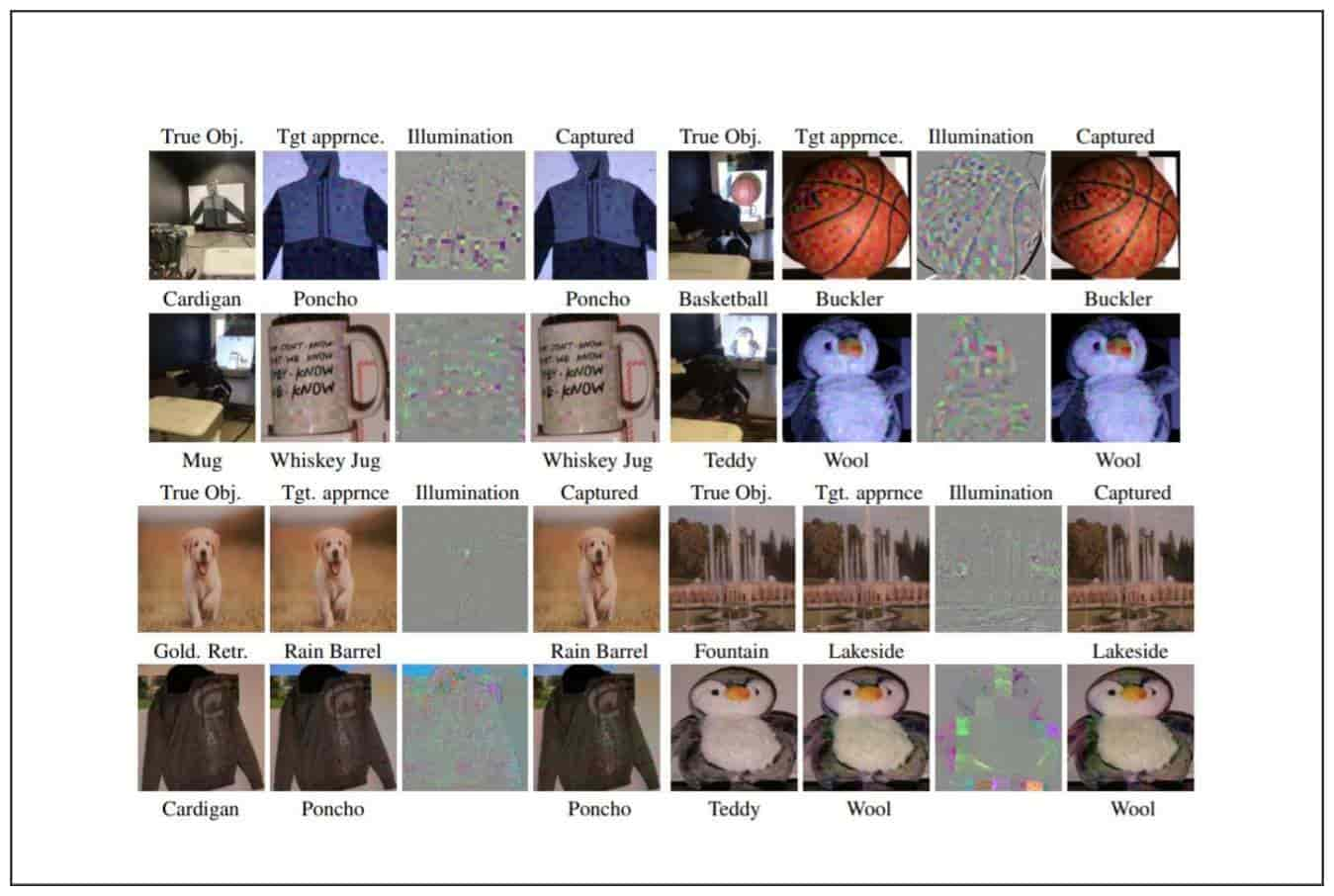The Cybersecurity and Infrastructure Security Agency has released guidance to help government and private sector organizations prevent data breaches resulting from ransomware double extortion schemes.
The warning on COVID-19 vaccine scams was issued to all of INTERPOL’s 194 member countries after the international law enforcement agency registered roughly 60 cases from 40 countries.
The World Bank, along with its partners, announced today the launch of a new Cybersecurity Multi-Donor Trust Fund under the broader Digital Development Partnership (DDP) umbrella program.
Cybercriminals use SEO poisoning to ensure that links to phishing sites and other malicious sites are displayed at the top of search results pages when searching for Olympic-related keywords.
Security researchers have identified around 40 different vulnerabilities in a TLS encryption mechanism that could lead to targeted Man-in-the-Middle (MitM) attacks. Upgrading email communication protocols connections via STARTTLS is insecure and exposes the system to a number of security vulnerabilities along with attacks.
A crypto mining scheme deployed five malicious Docker images on Docker Hub to hijack computing resources to mine cryptocurrency. These containers are not being managed by an attacker directly, although there’s a script at the entry point that runs an automated attack. Organizations are recommended to vet container images before adding them inside the internal registry.
Ransomware struck Japan’s largest property and casualty insurer, Tokio Marine Holdings, at its Singapore branch. It’s the third major insurer to disclose a ransomware attack in recent months.
Three banking trade groups wrote to the U.S. Senate Intelligence Committee recommending that the Cyber Incident Notification Act of 2021 be amended to include a 72-hour notification requirement.
The LockBit RaaS gang has ramped up its targeted attacks, researchers said, with attempts against organizations in Chile, Italy, Taiwan, and the U.K. using version 2.0 of its malware.
The new attack has been dubbed as an OPtical ADversarial attack (OPAD) and involves using three objects: a low-cost projector, a camera, and a computer in order to execute the attack.









